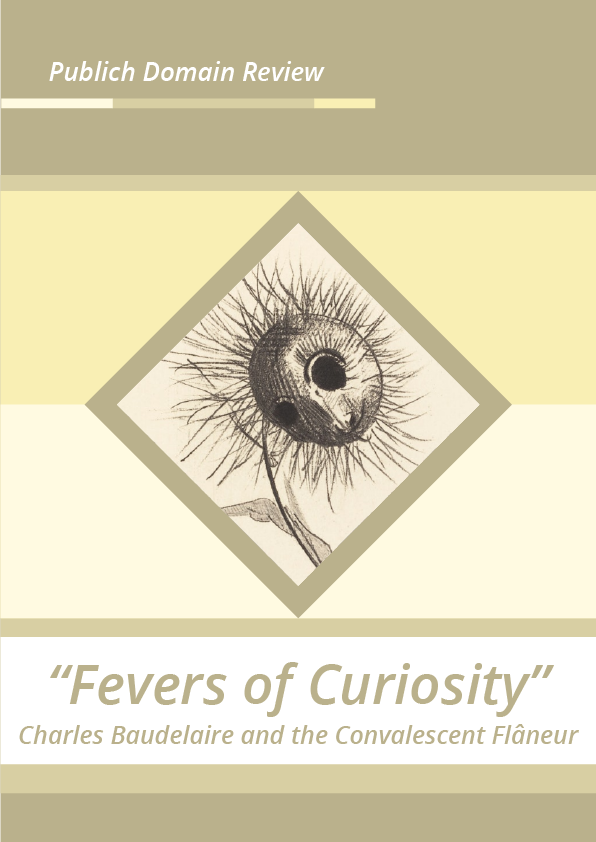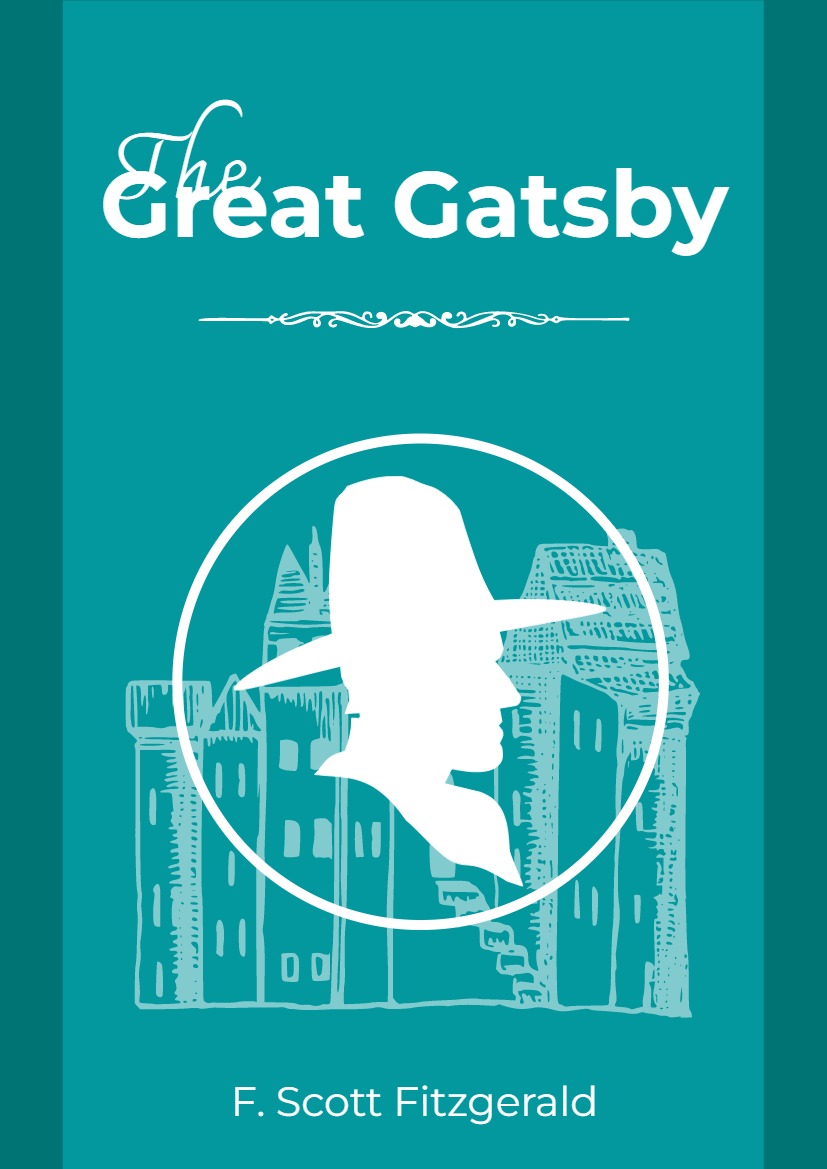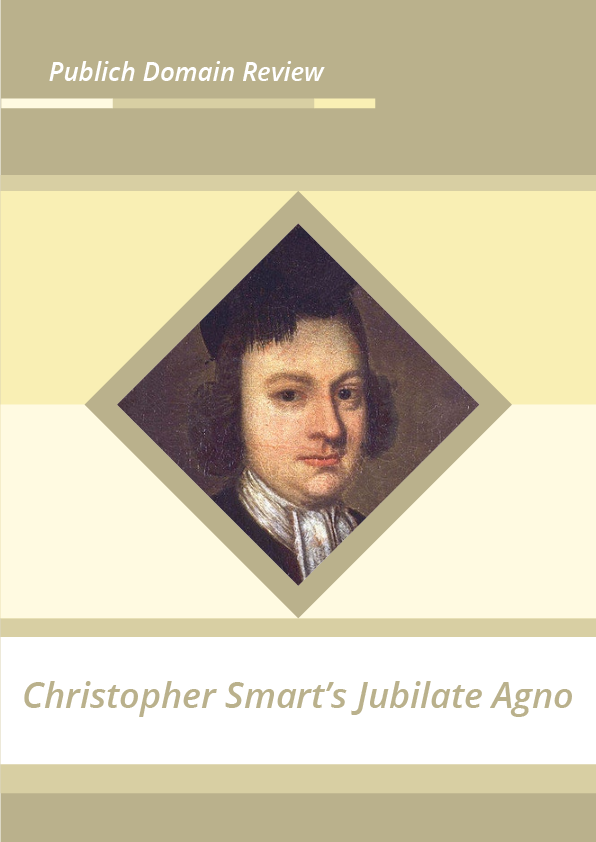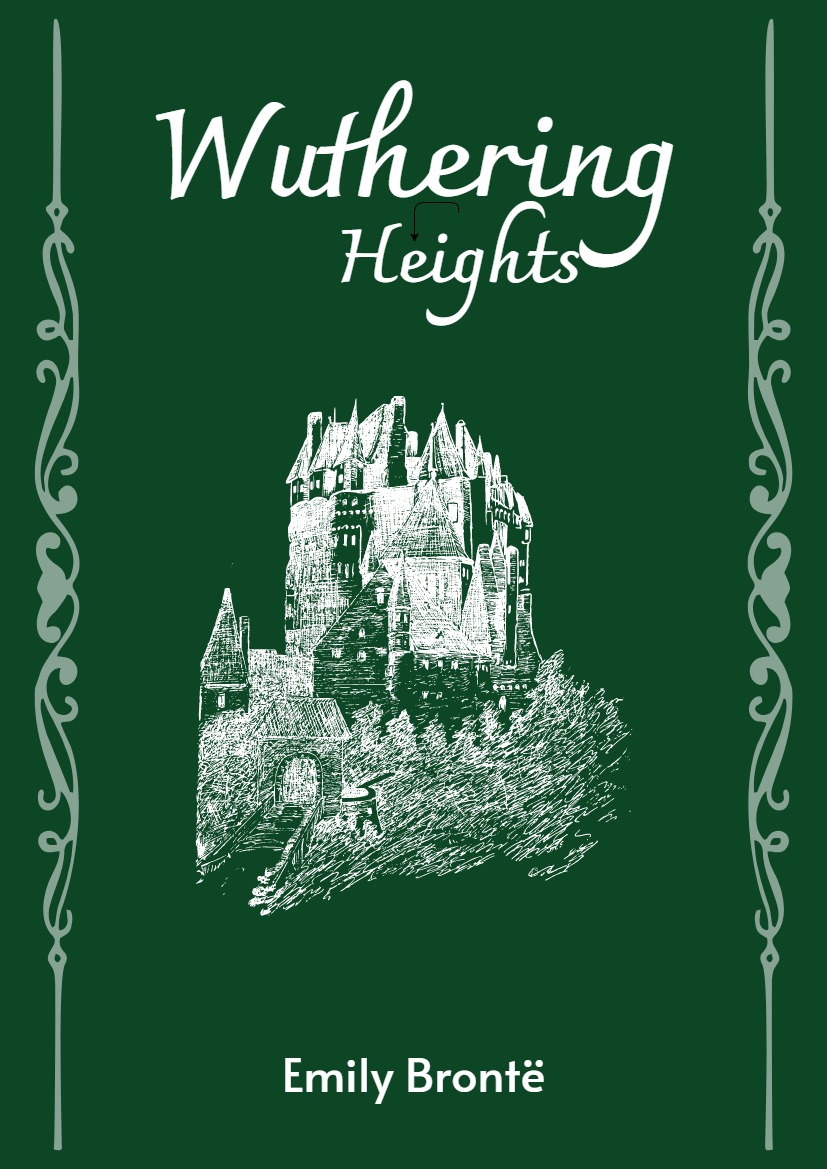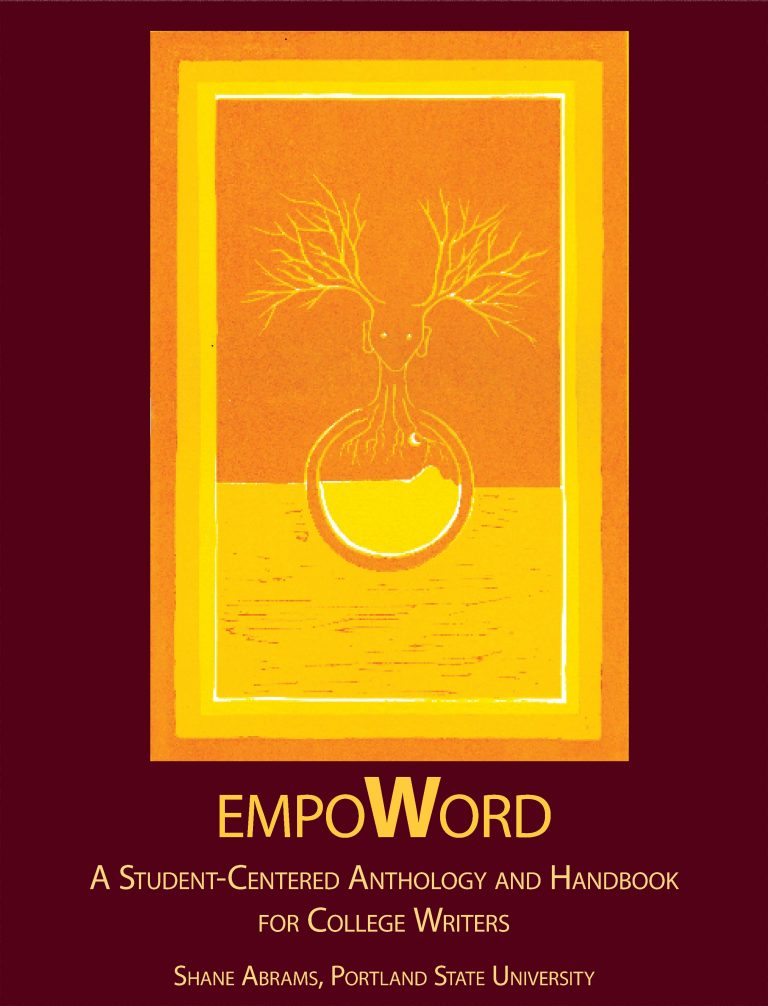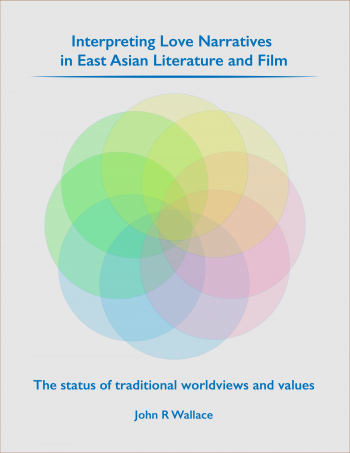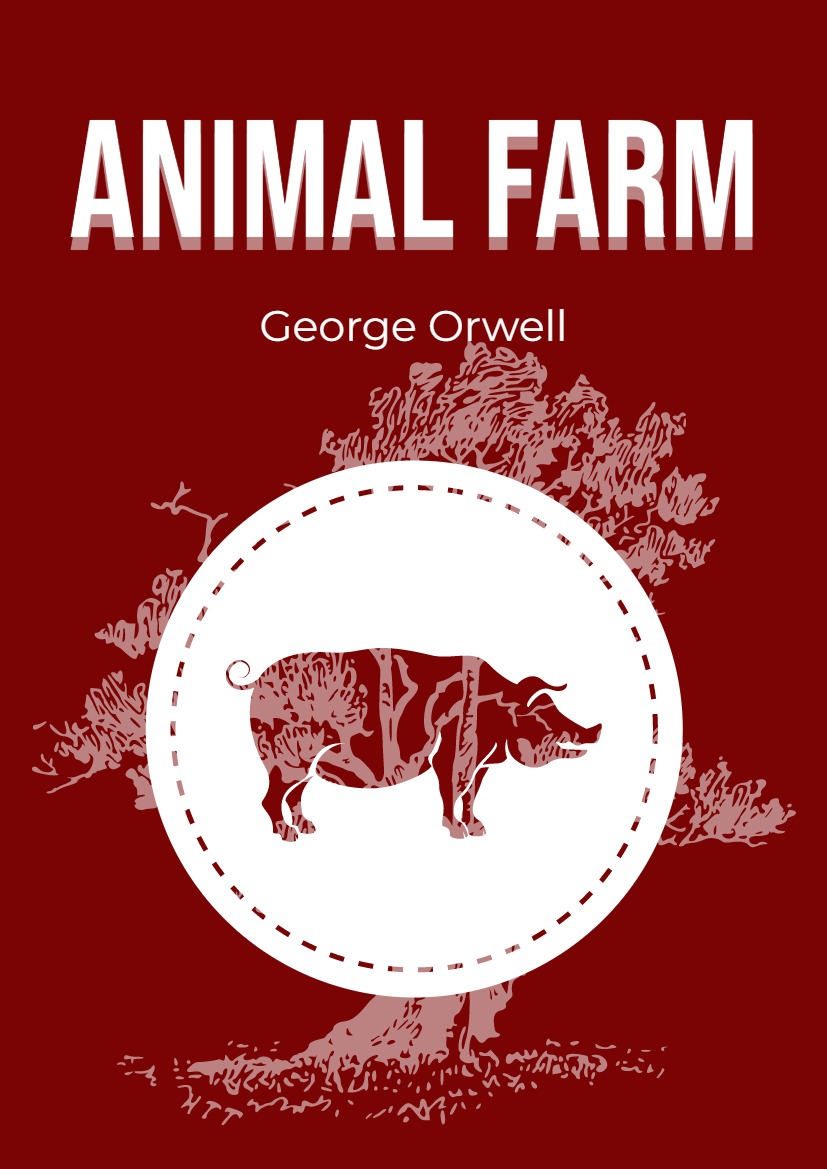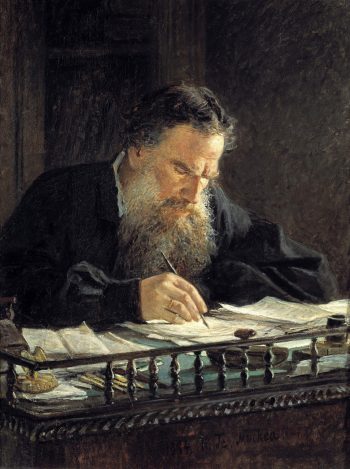This month marks the 200th anniversary of Charles Baudelaire’s birth, the French poet famous for his descriptions of the flâneur: a man of the crowd, who thrived in the metropolis’ multitude. Following Baudelaire through 19th-century Paris, Matthew Beaumont discovers a parallel archetype — the convalescent hero of modernity — who emerges from the sickbed into city streets with a feverish curiosity.
We are used to thinking of Charles Baudelaire’s most famous archetype, the flâneur who saunters through the metropolitan city, as a supremely self-confident inhabitant of the mid-nineteenth century streets — a “passionate spectator” of their multifarious life-forms. The flâneur, after all, was a middle- or upper-middle class man who, fascinated by the multiplicity and variety of city life, freely resided “in the heart of the multitude”, as Baudelaire put it in “The Painter of Modern Life” (1863), “amid the ebb and flow of movement, in the midst of the fugitive and the infinite”. He could afford to savour its constant, contradictory stimuli not least because he stood, or strolled, at a slight distance from the hustle and bustle of its everyday life. Relishing its rhythms and rhymes, the Baudelairean flâneur read the metropolis as if it unfurled before him like an immense, complicated poem.
The role Baudelaire ascribed to his “passionate spectator” was to act as an exquisitely tuned instrument for monitoring but also conducting the contradictory energies of capitalist modernity. This phenomenon — capitalist modernity — was a state of permanent social and existential transformation. In Paris, its experience had been decisively shaped by the urban reforms that Emperor Bonaparte and his prefect Baron Haussmann forcibly introduced in the aftermath of the 1848 revolution. For, in “blasting a vast network of boulevards through the heart of the old medieval city”, as Marshall Berman puts it, they turned it into a theatre both of military pageant and — in the context of the arcades and, later, the department stores — of consumerism.
But the flâneur glorified by Baudelaire was never in fact the comfortable, complacent bourgeois stroller that had been so fashionable in the 1840s in those illustrations and journalistic sketches known as the Physiologies. As late as 1867, the French historian and journalist Victor Fournel was presenting flânerie, which he sketched in terms of “drifting along, with your nose in the wind, with both hands in your pockets, and with an umbrella under your arm, as befits any open-minded spirit”, in positively seraphic terms.
In “The Painter of Modern Life”, by contrast, Baudelaire was already emphasising the flâneur’s restless, unsettled experience both in the metropolitan street and in his own skin. Baudelaire’s often peripatetic life as a bohemian poet in Paris, shaped by privation, rebellion, and a taste for narcotic substances, lies behind his reconfiguration of the flâneur. This is neatly captured in a “Self-Portrait under the Influence of Hashish” that he sketched in the early 1840s — for there, standing in the nocturnal city, a scruffily dressed Baudelaire stares suspiciously at us from beneath a cloud of intoxicating black smoke.
Baudelaire’s famous metropolitan archetype, then, was far more haunted or even hunted than the one purveyed in the contemporary illustrated periodical press. This can be glimpsed in a poem like “Le Soleil”, from the Tableaux Parisiens section of the second edition of Baudelaire’s Les Fleurs du Mal (1861). There, the impoverished poet describes venturing out alone (“Je vais m’exercer seul”) in search of the poetry of the city’s streets: “duelling in dark corners for a rhyme / and stumbling over words like cobblestones”. Like the French language, here the French capital is a distinctly hostile environment. So is the poet’s own body. By this point, racked by debt, Baudelaire was addicted to laudanum; mentally and physically ill. The writer as walker has become an embattled, almost tragi-comic figure.
It is those pedestrians who, like the struggling poet of “Le Soleil”, find themselves damaged and discomfited as they negotiate the city’s streets that interest me here. The frailer kind of flâneur, so to speak… In particular, I am concerned with one of those alternative archetypes useful for capturing the experience of metropolitan modernity with which Baudelaire complicates the flâneur — the convalescent. And my focus is on the moment when the urban convalescent, in spite of frail nerves, takes his first, reckless steps in the city from which he has been temporarily exiled, and experiences a sense of freedom at once tentative and abrupt. The streets — which he approaches cautiously, still a little feverishly, at first perhaps as an observer who must half-protect himself from the impact of the city — are the site of the convalescent’s groping re-engagement with everyday life.
